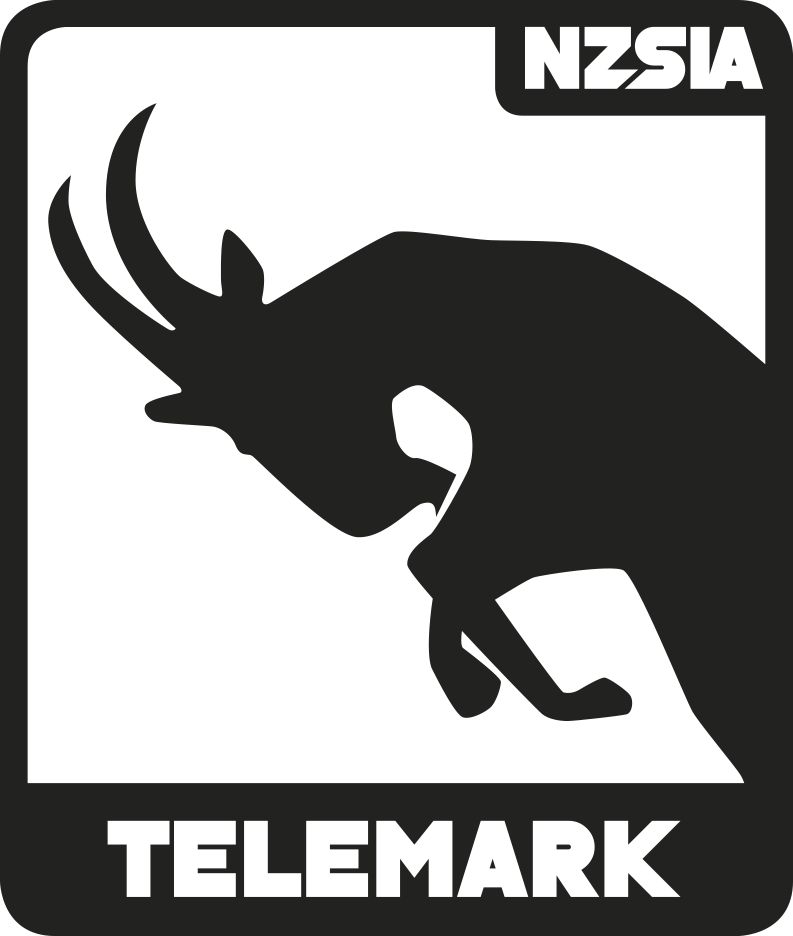Turn Phases. Understanding turn phases helps instructors and skiers identify what’s happening during different parts of a turn. The turn can be divided geometrically into thirds, split by the fall line, or described by terrain-influenced shape. Each phase—create, control, and release—requires specific ski and body movements for effective performance. As skills progress, these phases shift and adapt depending on terrain, speed, and skier intention. Diagrams and drills like J turns and linked turns provide visual and practical ways to apply this framework at all levels
Describing the Turn
Geometric Locations – Phases of the Turn
A three-phase model divides the turn into equal sections, providing a clear reference for identifying a skier’s position within the turn:
- Beginning (top third)
- Middle (middle third)
- End (bottom third)

Even Split – Above and Below the Fall Line
To keep explanations simple, turns can also be described in two main parts:
- Top half (before reaching the fall line)
- Bottom half (after passing the fall line)

This approach helps students focus on key movements and intentions in each section without overcomplicating the concept.
Open & Closed Turns – Influence of Terrain and Intention
Turn shape is influenced by terrain, speed, skier confidence, and intent:
- Closed turns slow the skier down and are useful on steeper slopes.
- Open turns allow the skier to carry more speed and are effective on flatter terrain.


Understanding these distinctions helps skiers adapt their technique based on conditions and desired outcomes.

